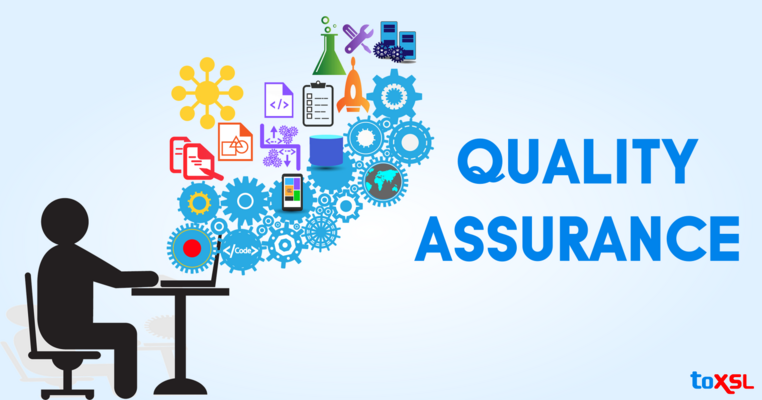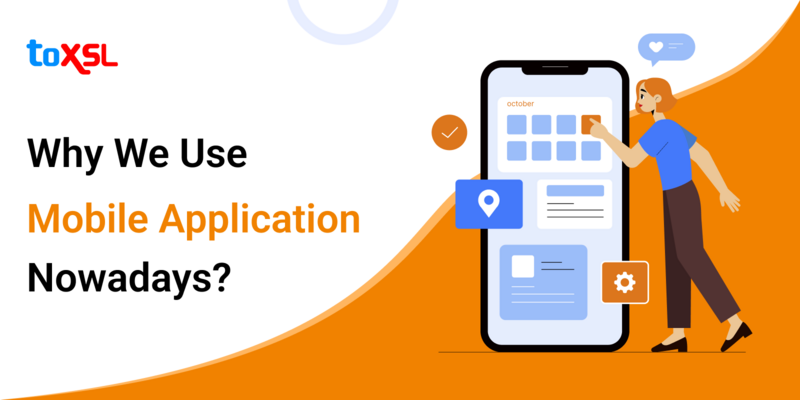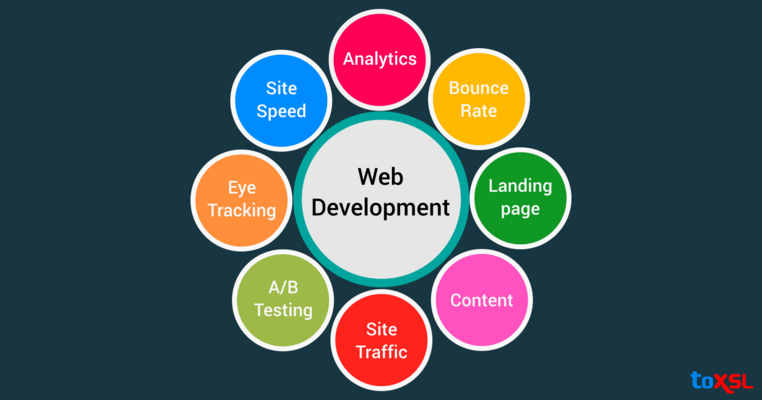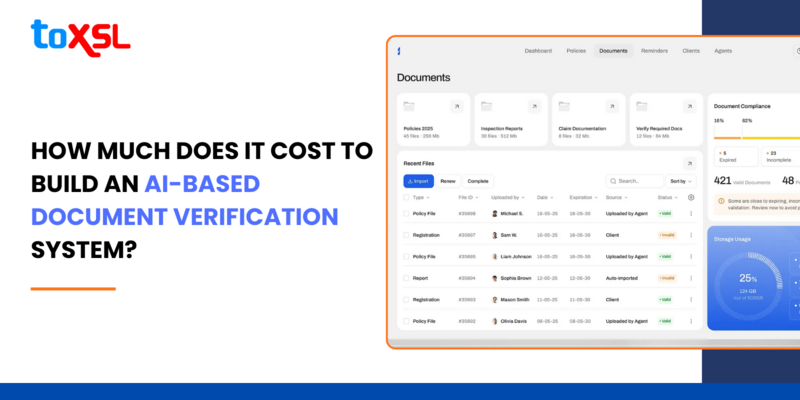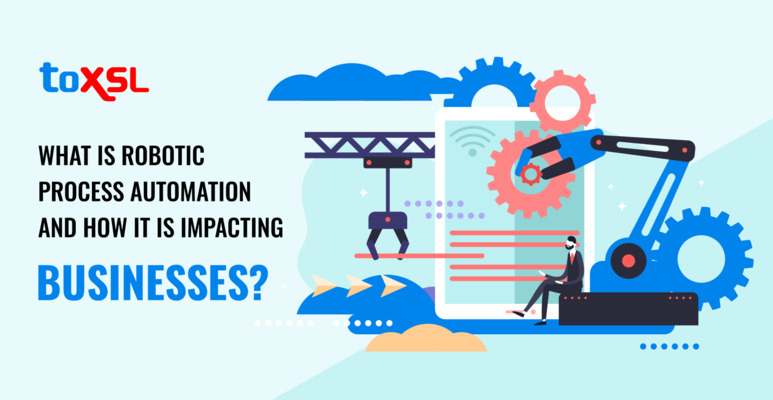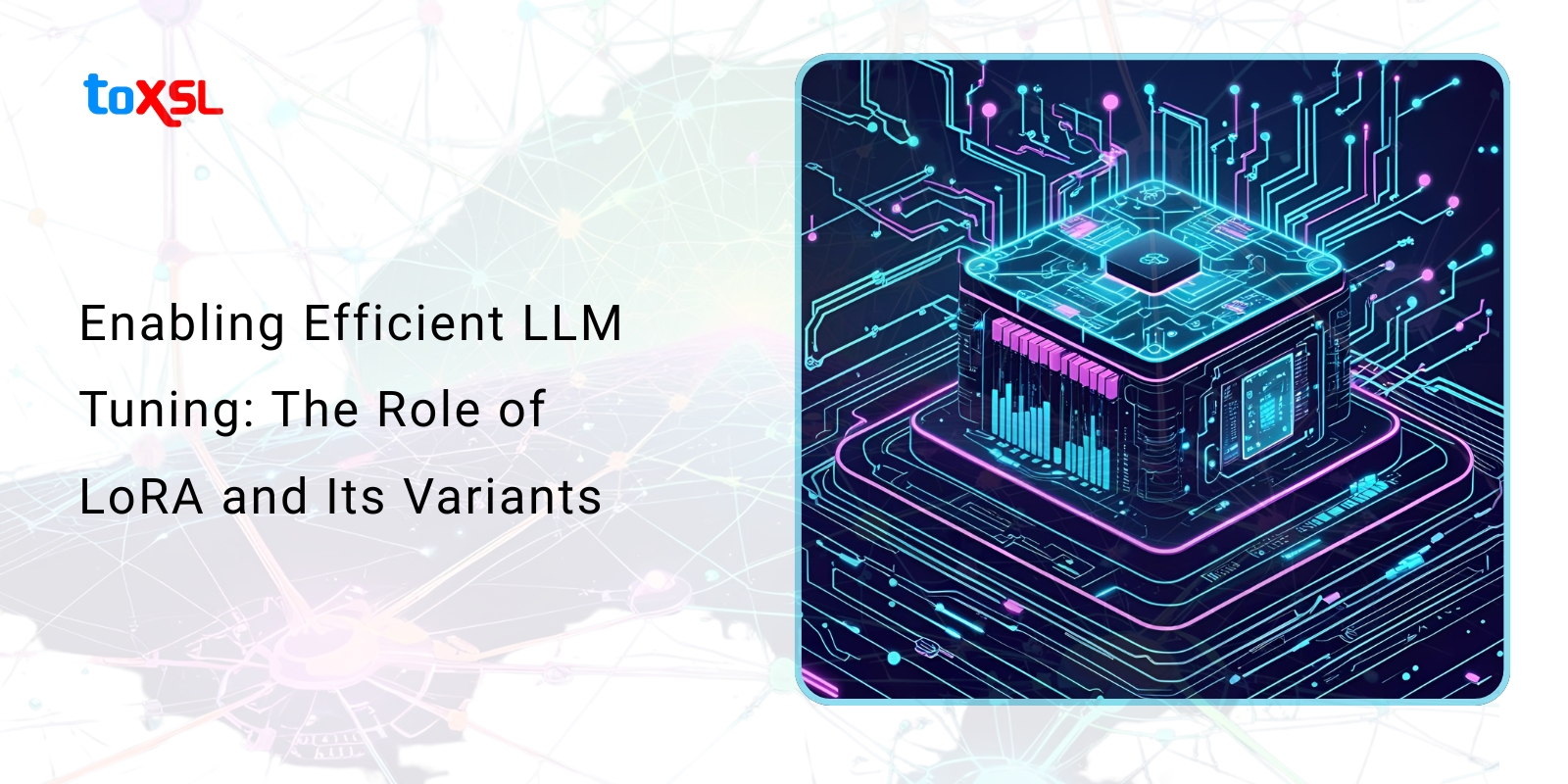
Large Language Models (LLMs) have revolutionized natural language processing by demonstrating remarkable capabilities across a wide range of tasks, from text generation to question answering and summarization. However, the sheer size of these models often contains billions or even hundreds of billions of parameters, and fine-tuning them for specific tasks or domains is a daunting challenge. Traditional fine-tuning approaches require extensive computational resources, time, and energy, which can be prohibitive for many organizations and researchers.
Low-Rank Adaptation (LoRA), isan innovative technique designed to enable efficient and cost-effective fine-tuning of LLMs without the need to update all model parameters. LoRA and its variants have emerged as powerful tools that reduce the computational burden, accelerate training, and preserve the original model’s general knowledge, making fine-tuning accessible and practical even on limited hardware. This blog explores the fundamentals of LoRA, its operational principles, practical applications, and the role of its variants in advancing efficient LLM tuning.
The Challenge of Fine-Tuning Large Language Models
Before diving into LoRA, it is important to understand why fine-tuning LLMs is so challenging. Large models such as GPT-3, LLaMA, or PaLM contain billions of parameters distributed across multiple layers. Fine-tuning traditionally involves updating all these parameters on new, task-specific data. This process requires high-end GPUs or TPUs, large memory capacity, and significant training time. Moreover, storing multiple fully fine-tuned copies of these massive models for different tasks or clients is costly in both storage and maintenance.
The high resource demands limit who can fine-tune LLMs and how quickly new applications can be developed. Additionally, fine-tuning all parameters risks "catastrophic forgetting," where the model loses its broad language understanding while adapting to a narrow domain. Therefore, researchers sought more parameter-efficient methods that could adapt models with fewer trainable parameters while preserving their general capabilities.
What is Low-Rank Adaptation (LoRA)?
Low-Rank Adaptation (LoRA) is a parameter-efficient fine-tuning technique introduced to address these challenges. Instead of updating the entire weight matrices of the pre-trained model, LoRA freezes the original weights and learns low-rank update matrices that approximate the necessary adaptation. This approach significantly reduces the number of parameters that need to be trained and stored.
The key benefits of LoRA include drastically reduced memory and computational requirements, faster training times, and the ability to maintain the original model’s general knowledge.
Advantages of LoRA Over Traditional Fine-Tuning
LoRA offers several compelling advantages that make it a game-changer for fine-tuning LLMs:
Reduced Hardware Requirements: By training only a small subset of parameters, LoRA allows fine-tuning on more modest hardware, such as a single GPU with limited memory, rather than requiring expensive multi-GPU setups.
Faster Training: With fewer parameters to update, training converges more quickly, enabling rapid experimentation and iteration.
Preservation of General Knowledge: Since the original weights are frozen, the model retains its broad language understanding while adapting to new tasks.
Storage Efficiency: Only the low-rank matrices need to be saved for each fine-tuned model, reducing storage needs and enabling easy model sharing.
Modularity and Flexibility: LoRA’s modular updates can be combined with other parameter-efficient fine-tuning methods, allowing flexible adaptation strategies.
Combining LoRA with Other Parameter-Efficient Techniques
LoRA is often used within the broader framework of Parameter-Efficient Fine-Tuning (PEFT), which encompasses methods like prefix tuning and adapter layers. Prefix tuning optimizes small continuous vectors called prefixes added to each transformer layer’s input, while adapter layers insert small trainable modules within the model.
Combining LoRA with prefix tuning, for example, leverages the strengths of both: LoRA reduces the number of trainable parameters by focusing on weight matrices, while prefix tuning provides task-specific control via learned prefixes. This synergy enables specialized fine-tuning with minimal data and computing, making it ideal for domain adaptation when only limited in-domain data is available.
Such modular fine-tuning approaches unlock the full potential of large LLMs for users constrained by hardware or data, democratizing access to cutting-edge AI capabilities.
Practical Steps for Fine-Tuning LLMs Using LoRA
Fine-tuning an LLM with LoRA typically involves several key steps:
Dataset Preparation: Curate a high-quality, task-specific dataset. Data should be cleaned, formatted, and aligned with the model’s input-output structure to ensure effective learning.
Model Selection and Setup: Choose a pre-trained LLM compatible with LoRA. Convert the model if necessary to a format supported by popular frameworks like Hugging Face’s Transformers library. Set up the training environment with appropriate dependencies such as PyTorch and PEFT libraries.
LoRA Integration: Insert LoRA modules into the selected target layers of the model. Configure hyperparameters such as the rank r, target modules, and learning rates.
Training: Freeze the original model parameters and train only the LoRA matrices on the prepared dataset. Monitor training metrics and validate the model’s performance on held-out data.
Evaluation and Deployment: After training, evaluate the fine-tuned model on relevant benchmarks or real-world tasks. Deploy the model by loading the base model and applying the LoRA updates, enabling efficient inference.
This process can be performed on a single high-memory GPU such as an NVIDIA A100 with 40GB VRAM, making it accessible to many organizations without requiring supercomputing resources.
Real-World Applications of LoRA-Tuned Models
LoRA’s efficiency and flexibility have made it popular across diverse applications. Developers have fine-tuned LLMs using LoRA to build domain-specific chatbots, sentiment analysis tools, medical research assistants, and content generation systems. For example, a financial services firm might fine-tune an LLM on proprietary earnings call transcripts to generate accurate equity analyst summaries. Similarly, healthcare researchers can adapt models to understand medical literature and patient records without exposing sensitive data to cloud APIs.
Because LoRA preserves the original model’s versatility, these fine-tuned versions can still perform well on general language tasks while excelling in their specialized domains. This balance is crucial for enterprises seeking reliable, adaptable AI solutions.
Variants and Extensions of LoRA
Since its introduction, several variants and extensions of LoRA have been proposed to further enhance fine-tuning efficiency and quality.
One notable variant is QLoRA, which combines LoRA with quantization techniques to reduce memory usage even further. By quantizing the base model to 4-bit precision and applying LoRA updates, QLoRA enables fine-tuning of very large models on a single GPU without significant quality loss.
Other approaches explore applying LoRA updates beyond attention layers to all linear layers, improving adaptation quality at the cost of increased resource consumption. Researchers are also investigating dynamic rank adjustment, where the rank r varies per layer or training phase to optimize the trade-off between performance and efficiency.
Hybrid methods combining LoRA with adapter layers, prefix tuning, or prompt tuning are gaining traction, offering customizable fine-tuning strategies tailored to specific use cases and resource constraints.
Challenges and Best Practices
While LoRA simplifies fine-tuning, practitioners should be mindful of certain challenges. Selecting the appropriate rank r requires experimentation to balance adaptation quality with resource use. Targeting too few modules may limit model expressiveness, while targeting too many increases training costs.
Dataset quality remains paramount; fine-tuning on noisy or irrelevant data can degrade performance. Rigorous validation and monitoring during training help detect overfitting or underfitting.
Combining LoRA with other PEFT methods demands careful hyperparameter tuning to avoid conflicts or redundancy. Keeping the base model frozen means that any errors or biases in the original model persist, so responsible AI practices remain essential.
The Future of Efficient LLM Tuning
LoRA and its variants represent a significant step toward making large-scale language model fine-tuning more accessible, efficient, and practical. As LLMs continue to grow in size and capability, parameter-efficient techniques will be crucial for democratizing AI and enabling rapid innovation.
Future research is likely to explore adaptive low-rank methods, integration with continual learning, and better synergy with quantization and pruning. Advances in hardware and software frameworks will further lower the barrier to entry.
For enterprises, researchers, and developers, mastering LoRA and related techniques offers a pathway to harness the power of LLMs tailored to their unique needs—without the prohibitive costs and complexity of traditional fine-tuning.
Conclusion
Low-Rank Adaptation (LoRA) has transformed the landscape of large language model fine-tuning by enabling efficient, cost-effective, and modular adaptation. By updating only low-rank matrices rather than entire models, LoRA reduces hardware requirements, accelerates training, and preserves the general knowledge of powerful pre-trained models. When combined with other parameter-efficient methods like prefix tuning, LoRA unlocks even greater flexibility and performance.
As the AI community continues to push the boundaries of language model capabilities, LoRA and its variants stand out as indispensable tools for practical deployment and customization. Whether you are a developer aiming to build specialized chatbots, a researcher adapting models to niche domains, or an enterprise seeking scalable AI solutions, understanding and leveraging LoRA will be central to your success in the era of large language models. Contact us to learn more.





